Last Updated: 29/10/2025
Australian Cattle Dog Breed Guide
Is an Australian Cattle Dog right for you? Our complete vet-written breed guide explores the Blue Heeler's personality, history, health, nutrition, and training needs. Learn what it takes to care for this clever, energetic Aussie breed.
Author: Dr Carla Paszkowski BVSc (Hons)
Reading Time: 9 minutes - short read
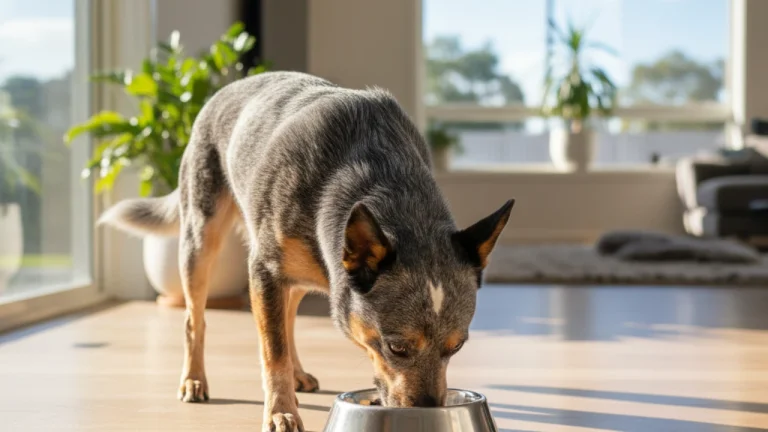
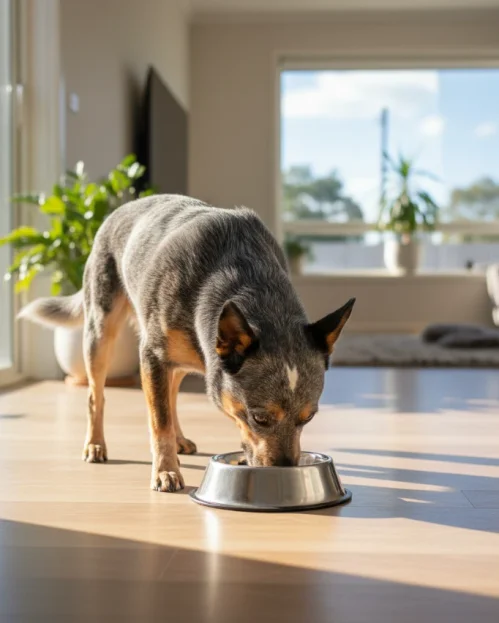
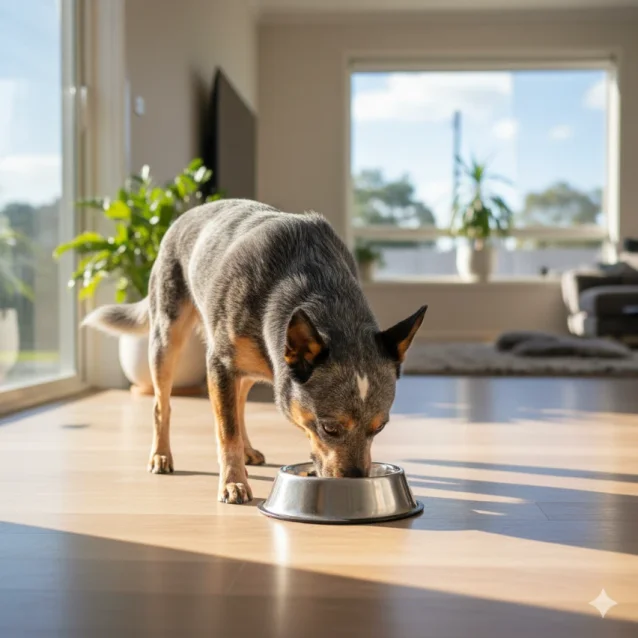
Nutrition
Feeding a high-quality diet that is tailored to your Cattle Dog's age, size, and high activity level will help to keep them healthy and happy. Getting nutrition right for your Blue Heeler can help to prevent, reduce, or manage some commonly occurring health conditions, such as developmental bone and joint diseases in puppies and support the high energy needs and long-term joint health of active adults.
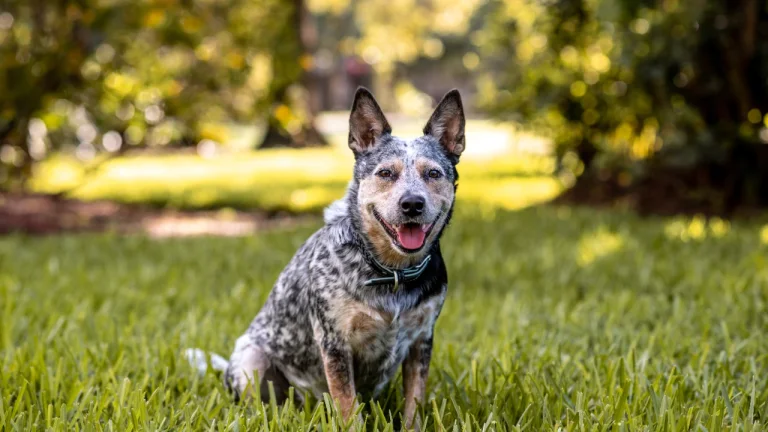
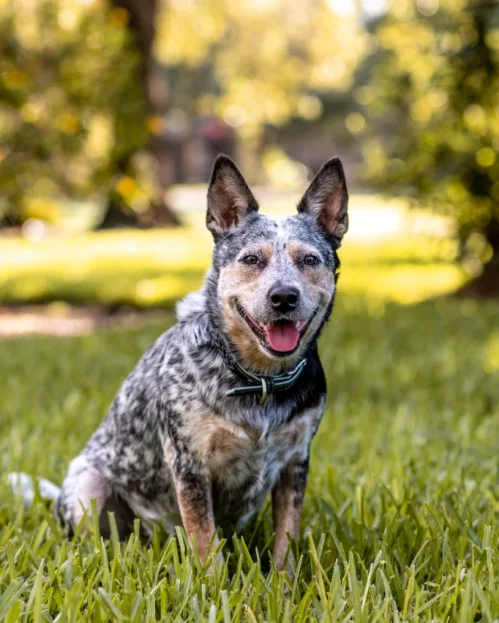
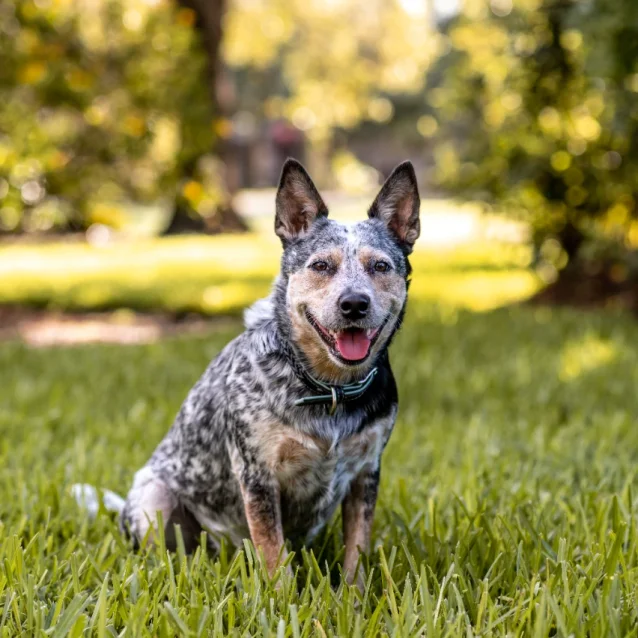
Flea & worming
Keeping your Cattle Dog protected year round against common parasites is essential to maintaining their health. This should include coverage against fleas, ticks, heartworm and intestinal worms.
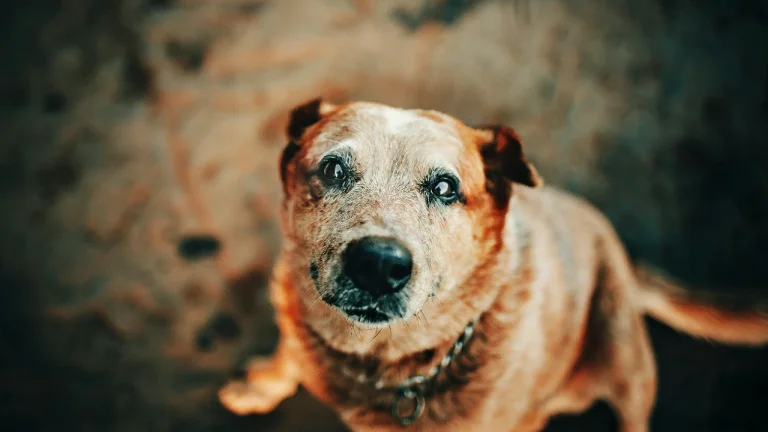
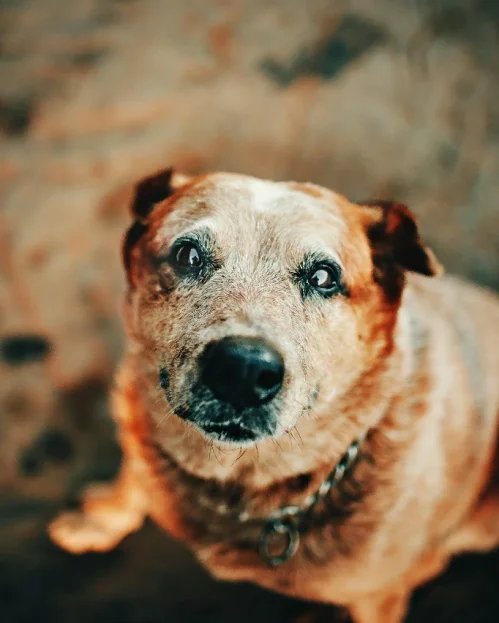
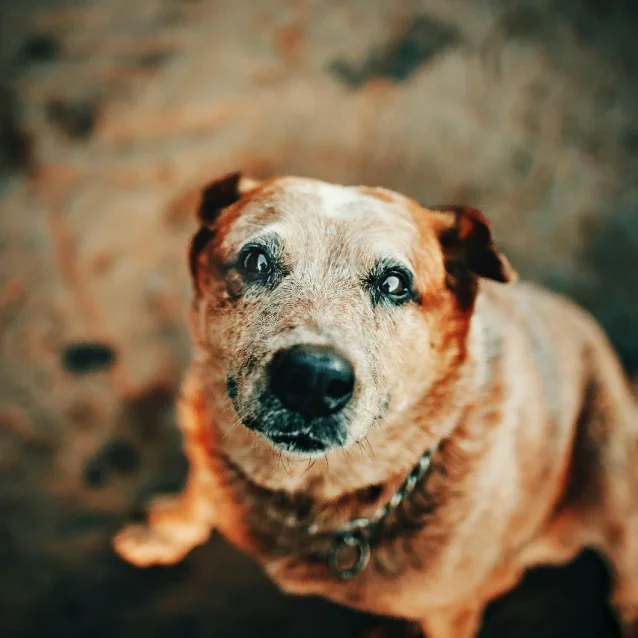
Health
Australian Cattle Dogs, or Blue Heelers, are generally hardy dogs, but they are genetically prone to a few specific conditions. Like many active breeds, they can be susceptible to hip and elbow dysplasia, so supporting their joint health is important. Their high-drive, athletic nature means they are also prone to accidental injuries like sprains and strains.
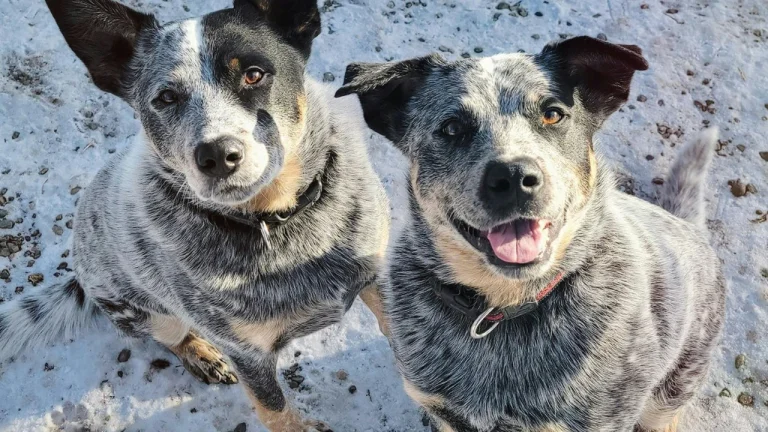
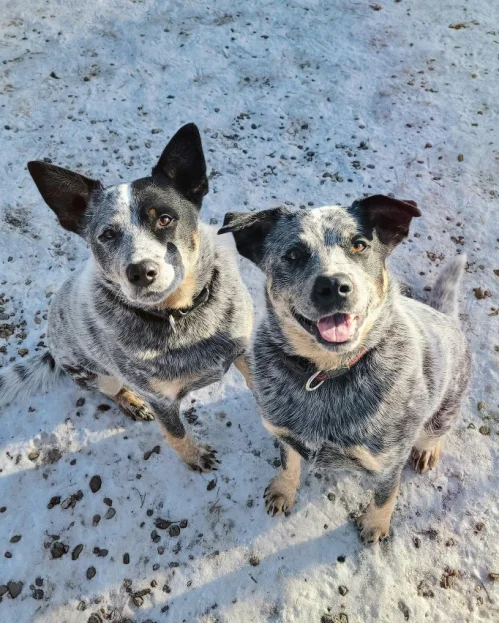
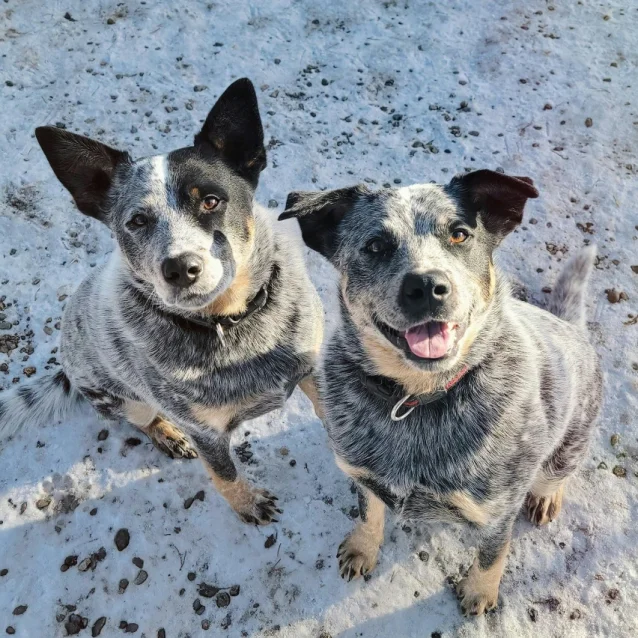
Training and activity
Training a Blue Heeler is less of an option and more of a necessity. This breed's incredible intelligence means they learn extremely quickly, which includes bad habits just as easily as good ones. They thrive on positive reinforcement and having a "job" to do, so consistent, engaging training sessions are key.
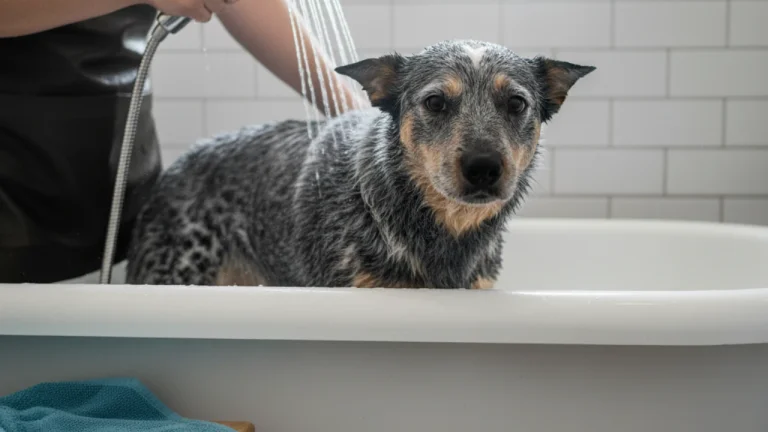
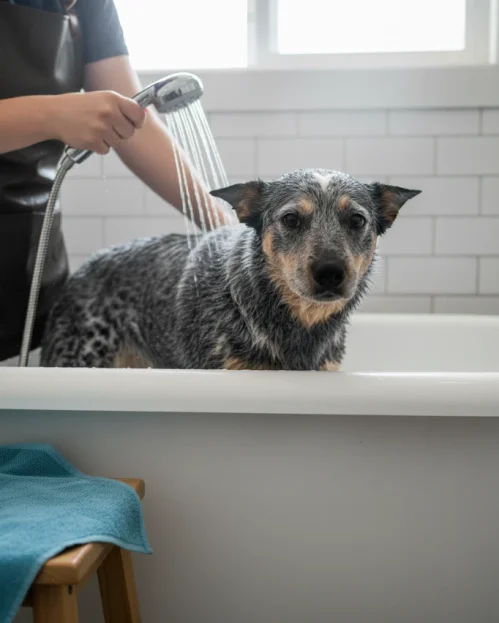
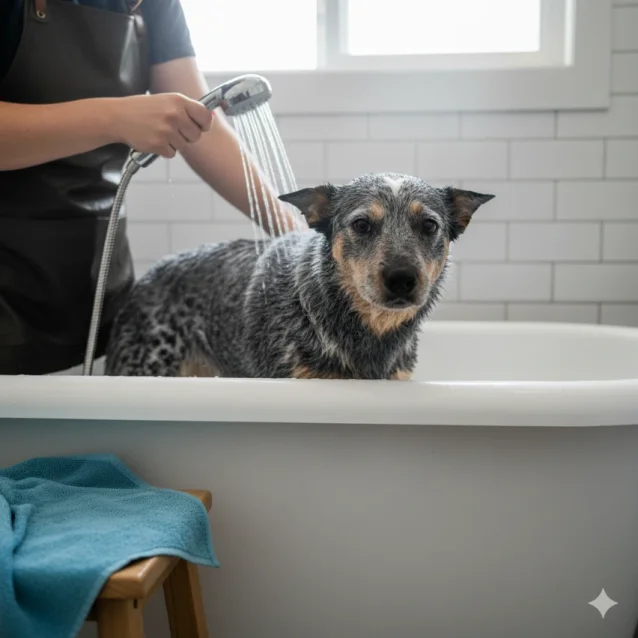
Grooming
The Australian Cattle Dog is very much a "wash and wear" breed when it comes to grooming, as their short, dense double coat is naturally weather-resistant and does a fantastic job of repelling dirt. However, a weekly brush is still needed to manage dead hair, and you'll need to increase this frequency during their seasonal "coat blow" when they shed their undercoat.
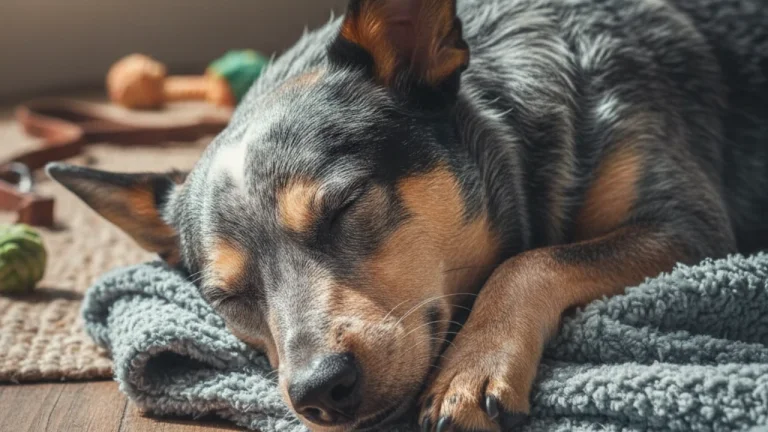


Sleep and home
While an Australian Cattle Dog has a famous 'off-switch' and will sleep soundly after a big day of activity, they are also incredibly routine-oriented. Teaching your Blue Heeler how to "settle" when work and play are over is a key part of their sleep routine. They are happiest sleeping in the same room as their family, and a solid, durable crate can provide a safe "den" for them to truly relax in.

